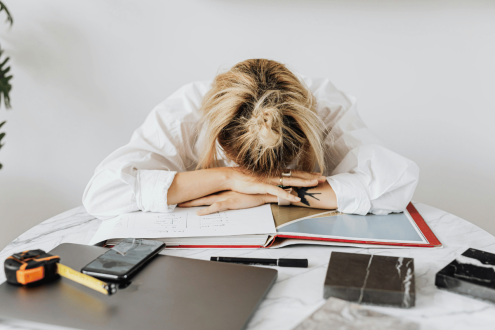Flight anxiety: how to get over a fear of flying
Want to overcome your fear of flying? Wellness expert Aysha Bell shares the best breathing exercises and massage techniques for flight anxiety...
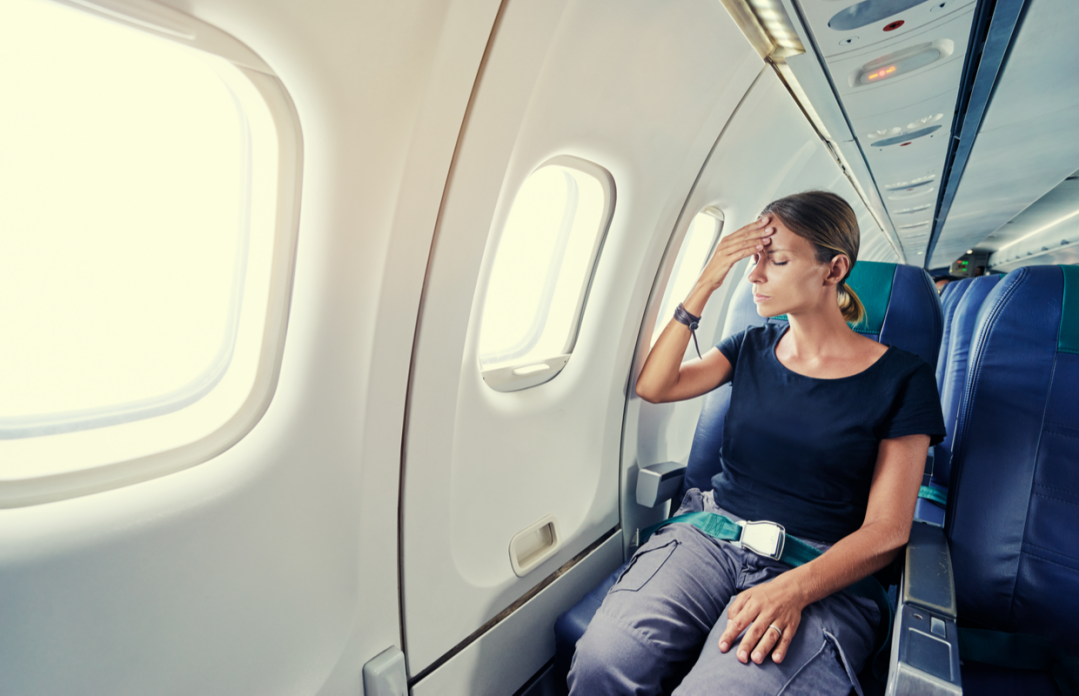
With lockdown restrictions easing, many of us are keen to jet off here there and everywhere. But, for those with flight anxiety, the excitement of going on holiday is tainted by the fear of getting there. If you want to learn how to get over a fear of flying, you’ve landed in the right place…
The fear of flying is an incredibly common phobia, estimated to affect at least 1 in 10 people. With airplanes being largely grounded over the past few years, due to the Covid-19 pandemic, many fearful flyers have been unfazed by their phobias, with no triggering scenarios or expectations to face their fears. However, now flights are back on the menu, many people are once again grappling with their anxieties about returning to the skies.
While those with flight anxiety may be happy to go about their day to day life, simply choosing to never fly (after all, it’s not like you’re going to accidentally find yourself on a plane), this tricky phobia can hold people back from incredible opportunities, like travelling the world and seeing loved ones. Luckily, there are a variety of different therapies and methods that can help you learn how to get over a fear of flying and live your life to the full.
We caught up with wellness expert Aysha Bell, who shares her top tips on getting over flight anxiety, including the best breathing exercises and massage techniques…
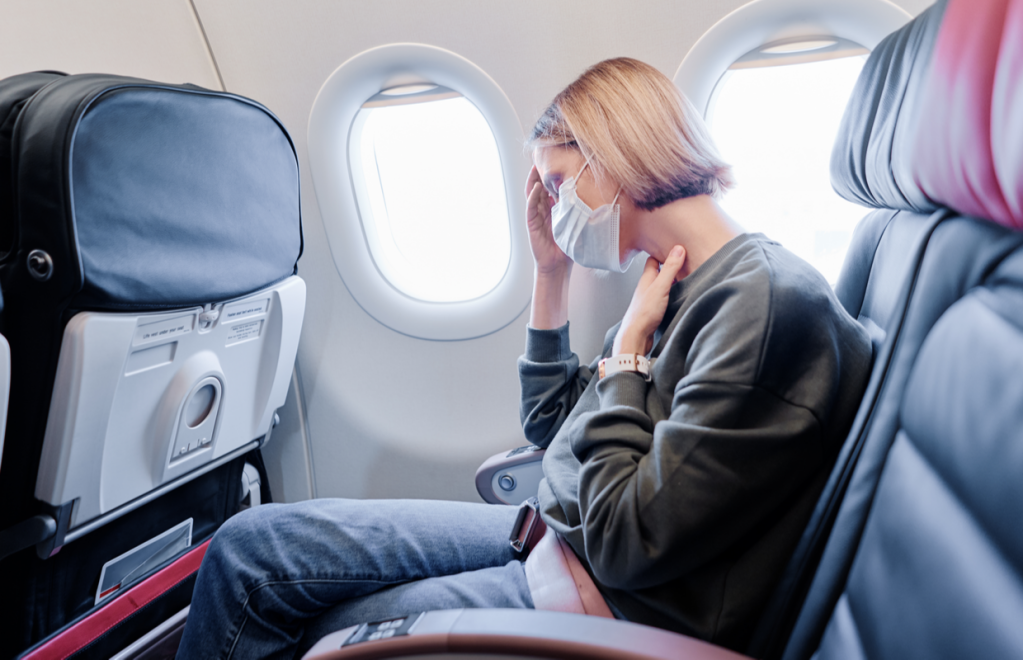
How to get over a fear of flying
If you’re one of millions who struggles with flight anxiety, there are a number of ways to manage and overcome your fears.
If your anxiety around flying is greatly affecting your everyday life, it’s worth seeking help from a professional, who can assess your personal case and recommend the best course of action. This might include including NLP (Neuro Linguistic Programming), EFT (Emotionally Focused Therapy) or counseling.
However, if you first want to try and manage your flight anxiety on your own, there are a variety of breathing exercises and massage techniques you can try.
How breathing exercises help you get over a fear of flying
‘Breathing and meditation are extremely effective ways to combat anxiety and panic attacks,’ Aysha Bell explains. In the lead up to your flight, it’s helpful to familiarise yourself with certain breathing exercises, so you can learn how to manage your anxiety when fear strikes. You can then implement these same methods when you get on the plane, to help you overcome your fear of flying.
It’s important to note that many airlines still enforce mandatory mask wearing on flights, excluding those who are exempt. As masks can somewhat restrict breathing, this can pose a problem for people with anxiety, especially on flights. If you will be wearing a mask on your flight, try practicing these breathing exercises occasionally while wearing a mask, so you can get used to the sensation.
Benefits of box breathing for flight anxiety
‘Box breathing, also know know as Sama Vritti Pranayama, is a powerful relaxation tool that can help clear your mind, relax your body and allow you to focus,’ Bell explains.
‘Physiologically, box breathing regulates the breath, increases oxygen to the lungs and help reduce blood pressure and lower heart rate. Psychologically it brings attention to the breath, and the repetition takes your attention away from your fear of flying.’
‘Box breathing also stimulates the vagus nerve, which is the main parasympathetic nerve in the body and longest of the ten nerves that come from the brain. We also call it the wondering nerve, as it spreads far and long,’ Bell adds.
Box breathing exercise for flight anxiety:
The following breathing exercise is ideal for fearful flyers because, as Bell explains, ‘The best part about box breathing is that you can do it anywhere. Just find a comfortable seat with your back supported and feet on the floor, then follow these steps…’
- Close your eyes. Breathe in through your nose, slowly counting to 4. Feel the air filling your lungs.
- Hold your breath here and slowly count to 4 again. Try not to clamp your airways shut. Simply avoid inhaling or exhaling for 4 counts.
- Slowly exhale to the count of 4.
- Hold the exhale for another 4 counts.
- Repeat steps 1–4 for 4 minutes or until you feel calm and centred.
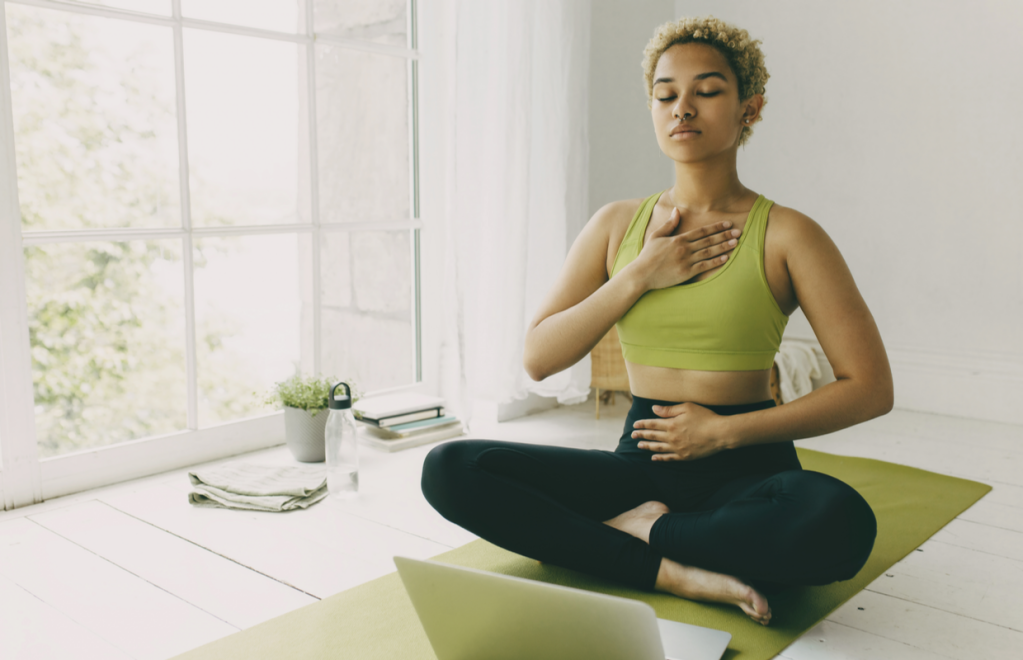
Diaphragmic breathing for flight anxiety
The second breathing technique Bell recommends for fearful flyers is diaphragmic breathing, also known as belly breathing. ‘I would recommend getting familiar with it so when you need it in an anxiety-inducing situation, it won’t be alien to you. For example, if you feel nervous before a flight, you can naturally tap into the technique as it will be second nature to you.’
‘Practicing this breathing exercise will automatically start to calm your nervous system. It stimulates the parasympathetic nervous system which helps reduce the heart rate, lower the blood pressure and calm the mind. It also produces the chemical nitric oxide in the tiny hairs in the nostrils, which helps widen the blood vessels and improve the body’s oxygen intake.’
How to do diaphragmatic (belly) breathing:
‘With diaphragmic or belly breathing, the aim is to breathe into the lower part of the lungs, which will fill up the diaphragm,’ Bell explains. How do you know you are doing this correctly? ‘A good way to learn is to place the hands gently around the tummy or ribcage and practice send the breath here – you’ll feel the expansion and compression of the breath.
‘This is a very different feeling in the body to when we breathe a shallow breath in the chest. This can bring on stress, instead of reducing it,’ Bell adds. Once you have a rhythm and get the hang of this expansion in the diaphragm, follow these steps…
- Consciously start to breathe through the nose, allowing lips to rest naturally.
- Breathe in for a breath around 4 to 8 seconds. Find a length of breath that you feel comfortable with, trying to keep the inhale the same length as the exhale. Inhale and exhale through the nose.
- If breathing through the nose solely feels like a challenge, you can try this technique breathing in through the nose and gently blow out of the mouth, being sure to make breaths long and expansive into the lower ribs (diaphragm) and not the chest. For this variation, make the exhale double the length of the inhale. For example, in for 2 out for 4, or in for 4 out for 8.
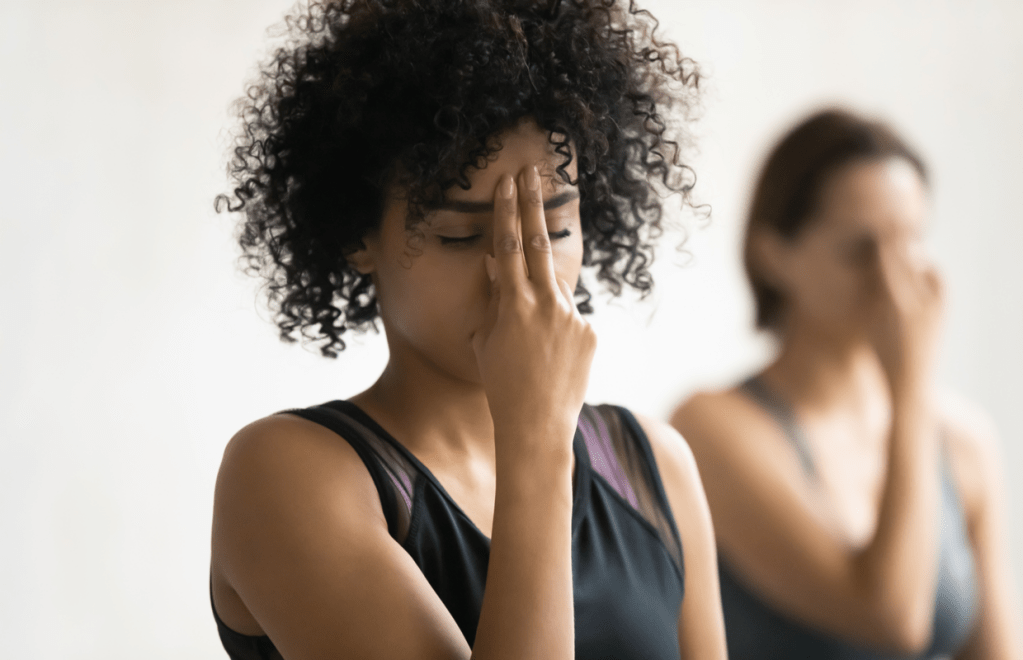
Massage techniques for flight anxiety
Breathing exercises are not the only way to combat flight anxiety. As Bell explains: ‘There are quite a few pressure points in the body that help anxiety and can be accessed easily.
‘The most discreet one would be the union vally point. This is situated between the thumb and the first finger, just above the webbed part of the hand. Apply pressure and massage for around five minutes and then change hands.
‘Another point is the centre of the third eye, which is located between the eyebrows. Use your index finger and first finger to apply pressure, while breathing a nice calming breath to ease anxiety,’ Bell recommends.
On the morning of your flight:
So, you’ve made it to the date of your flight – congrats! To keep your nerves under control, it’s important to be organised and avoid creating any stressful scenarios for yourself. The aim should be to make every step of the journey as calm as possible.
‘Managing the fear of flying really starts with making sure you get yourself as organised as possible to avoiding rushing when you get to the airport,’ Bell explains. ‘So, basics like arriving nice and early, having forms filled out, liquids at the ready etc. can help to keep stress at a minimum.
‘Make a list you can tick off as you go along to make sure you don’t forget things. Having everything in order means you can focus on having a smooth and settled journey. It’s also wise to avoid stimulants like coffee or energy drinks, as these can worsen anxiety,’ Bell adds.
When you get on the plane, try utilising the breathing exercises and massage techniques Bell outlines above, to keep your nerves under control. You’ve got this!
More inspiration: How to cope with a phobia
Words: Lily Smith & Aysha Bell | Images: Shutterstock
